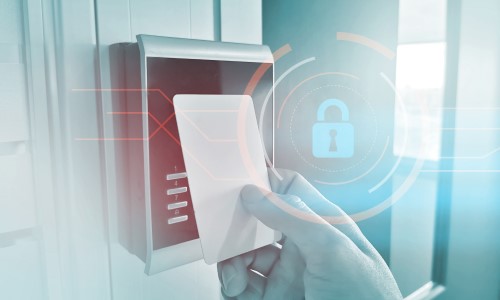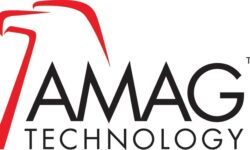ONVIF Unveils New Release Candidate for Access Control Peripherals
ONVIF Profile D is designed to allow card readers, LPR cameras and other devices to transmit information from an identifier and pass it onto an access control management system.

SAN RAMON, Calif. —ONVIF, a global standardization initiative for IP-based physical security products, has published the Release Candidate for Profile D, a draft specification that covers interfaces for access control peripherals.
This newest profile candidate is said to be designed to provide ONVIF interoperability for peripheral devices such as locks, credential/biometric readers, PIN pads, license plate recognition cameras, door phones, sensors and displays.
ONVIF Profile D complements Profile A and Profile C in enabling standardized communications in an IP-based electronic access control system.
“Profile D, together with access management profiles like ONVIF Profile A and C, and video profiles like ONVIF Profile T, will help users build modern and secure IP-based access control systems,” says Patrik Björling, chair of the ONVIF Profile D Working Group. “It will allow for the integration of products from different manufacturers and help further drive the adoption of ONVIF interfaces in the physical access control and video surveillance space.”
Using Profile D, a peripheral device can pass credential identifiers to a securely located Profile D conformant client, such as an access control unit or management software. The client or controller, which stores access rules, schedules and credentials, can then take the access decision and send a command back to the peripheral device to grant or deny access, display a message or request additional input such as a PIN code.
ONVIF says having sensitive information on a separate controller in a secured area enhances security. Communications between the device and client are secured using ONVIF security protocols such as TLS.
The Profile D specification enables a conformant client to configure a conformant device with the necessary data such as which door and access point the device is responsible for, as well as configure a list of allowed or blocked credential identifiers in a device that supports this capability.
The need for standardized interfaces between access control management systems and peripheral devices is driven by innovative identification technologies such as license plate recognition cameras for parking management, bar code reading cameras for visitor management, wireless locks and sensors for access control, and video door stations for intercom management, according to ONVIF.
Profile D devices can also support video profiles such as Profile T to enable an integrated video and access control system using ONVIF interfaces. Such devices include a door phone that combines a reader and lock with audio/video intercom, or an IP camera with a relay output connected to a lock that can be used by a guard to visually identify a visitor and remotely unlock the door.
Over the course of its 11-year history, ONVIF has developed several profiles, which are groupings of certain functionalities derived from established ONVIF network interface specifications, that enable the performance of set features for common uses: Profile S for streaming video; Profile G for video recording and storage; Profile C for physical access control; Profile Q for quick installation, Profile A for broader physical access control configuration and Profile T for advanced video streaming.
Further information about ONVIF conformant products, including member companies and their conformant models, is available on the ONVIF website: www.onvif.org.
If you enjoyed this article and want to receive more valuable industry content like this, click here to sign up for our FREE digital newsletters!

Security Is Our Business, Too
For professionals who recommend, buy and install all types of electronic security equipment, a free subscription to Commercial Integrator + Security Sales & Integration is like having a consultant on call. You’ll find an ideal balance of technology and business coverage, with installation tips and techniques for products and updates on how to add to your bottom line.
A FREE subscription to the top resource for security and integration industry will prove to be invaluable.







